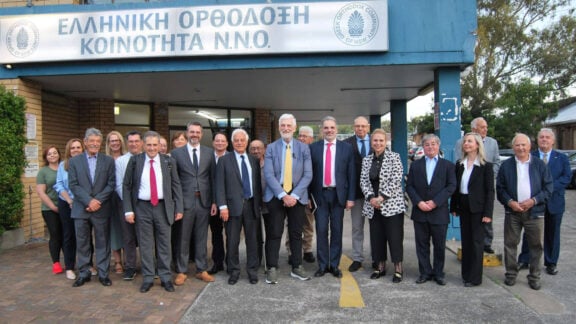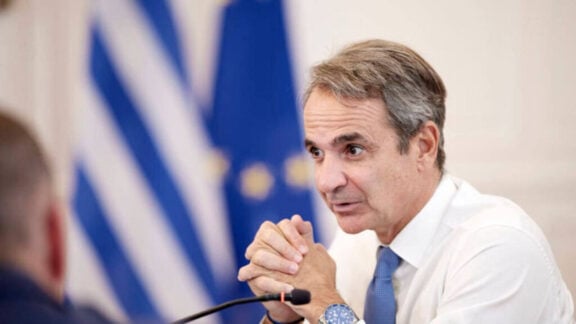The Greek government has removed 2,330 archaeological sites, museums, monuments and castles from a development fund of properties up for private development under the country’s bailout terms. These items were in a holding company owned by the Greek state as a measure included in the last financial bailout in 2015 to satisfy Greece’s foreign creditors.
The government had repeatedly given reassurances that the monuments could not be sold off to foreign interests, but this did not stop protests from happening, including a one-day strike by archaeologists in October that prevented tourists from visiting the major attraction.
The Greek Minister of Culture announced that the cultural assets would be exempted from the fund. “We have 2,330 assets which are protected through a legal act. We can now rest assured,” said Greek Culture Minister Myrsini Zorba.
Some of the world’s finest antiquities were included on the fund list, including the 4,000-year-old palace of Knossos on Crete, the tomb of King Philip II of Macedon, Alexander the Great’s father, and dozens of other items such as the White Tower of Thessaloniki and Spinalonga, an island that was a leper colony until 1957.
A full list of the assets would be presented at a later date.









